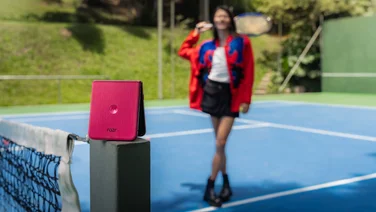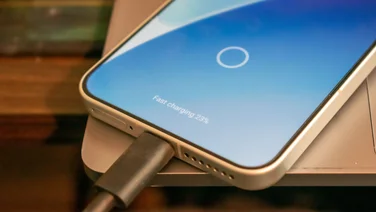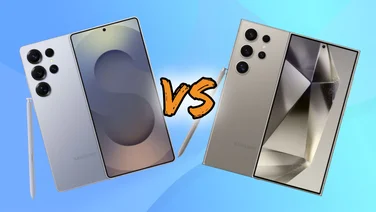To help us provide you with free impartial advice, we may earn a commission if you buy through links on our site. Learn more

Phone manufacturers normally save their big announcements for MWC, but Huawei has taken the opportunity to reveal its next phablet at this year’s CES in Las Vegas. With its massive 6in screen, the Mate 8 is the super-sized successor to its Mate S handset released last year. Bizarrely, it only has a 1,920×1,080 resolution rather than the 2,560×1,440 resolution I’d normally expect to see on this kind of phone, but with a pixel density of 367ppi, it should still provide plenty of clarity at a normal viewing distance. Arguably more important is the screen-to-body ratio, which Huawei says is higher than any other Mate model, so it should help keep the phone feeling relatively compact compared to its competitors.
The Mate 8 will be the first phone to use Huawei’s proprietary octa-core Kirin 950 chipset as well, which has four cores running at 2.3GHz and another four running at 1.8GHz. It’s allegedly meant to be 30% more efficient than the Kirin 930, so we should see significant performance improvements compared to Huawei’s 930-equipped P8. Admittedly, one of main disadvantages of using Kirin chips is their sub-par graphics performance, but according to Huawei, the 950’s Mali-T880 GPU should deliver an 11% increase in performance compared to its previous chip, so hopefully they’ll be able to compete on a more level playing field with their Qualcomm-based rivals.
Another improvement comes in the form of Huawei’s redesigned fingerprint sensor. With a shallower contact area, Huawei says this will help increase the speed and accuracy of its recognition software. It’s also removed the metallic ring for a more minimalist design. The phone itself has also been slimmed down compared to previous Mate handsets, as it now measures just 7.9mm thick, making it 0.4mm thinner than the Mate 7. It also reprises the same sand-blasting rear pattern as its sister company’s Honor 7, and it will be available in four colours, including gold, silver, grey and “mocha brown”.

For the rear camera, Huawei’s used a 16-megapixel Sony sensor which comes with optical image stabilisation support, a dual-tone flash and Huawei’s new Image Sensor Processor technology. The latter is supposed to help deliver fast focusing, more accurate colours and better clarity, but we’ll have to wait and see how it fares in action once I get one in for review. There’s also various video modes, including 120fps slow-mo capture at 720p, and an 8-megapixel front-facing camera for those all-important selfies.
As for battery, the Mate S has a 4,000mAh capacity which Huawei says should provide up to 17 hours of HD video playback, or 1.65 days for heavy users. It also supports fast-charging, and should be able to get up to full power in just 2 and a half hours.
It will ship with Android 6.0 Marshmallow straight out of the box, but the downside is that it comes with Huawei’s Emotion UI, so don’t expect a pure Android experience like the Nexus 6P. The base model will cost 599 Euros when it launches later this year, but a UK release date hasn’t yet been confirmed.





